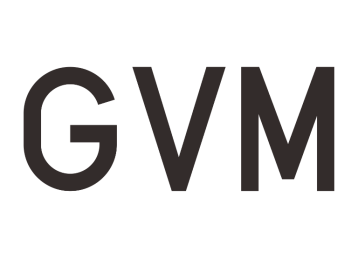The dramatic change in image capture has turned the whole world around 180 degrees. The advent of the digital age has forced schools and teachers to change educational methods and learn themselves from an industry that is still adjusting too to the new age.
The traditional method of teaching cinematography perhaps doesn’t need so much change as the technique. In fact, framing and composition and proper lighting are still the main principles of cinematography and that has not changed with the digital age. What in fact has being changing noticeably in comparison to the traditional method is the approach to the of work and the spirit of filmmaking. Even the industry is still arranging and getting suited to the modern days.
The digital tools allow a broader range of skills needed to be manipulated by the new generation of cinematographers. Not only the capacity and the skills to take and capture the right picture but as well to dominate the post production process.
So there are many aspects to be yet consolidated for the new generations of cinematographers in respect:
– To crew members of the camera department and tasks and responsibilities.
– Tasks and responsibilities for the cinematographers.
– Does the new technology changes the aesthetic and artistic approach of the cinematographer?
In order to follow more closely what has been debated around the world on this subject take a pick at the documents published below on pdf files.
If you are a teacher, a lecturer, or representing any film school please contact us if you like to give or get any information by writing to:
Tony Costa IMAGO Public Relations
DOCUMENTS:
Teaching Cinematography in film and audiovisual schools by Jean-Paul Jarry
Cinematography in productions by Jean-Paul Jarry
Survey of World Film Schools by Nicholas Oughton 2013 – Australia
International Colloquium HFF Munich 2012 How to teach cinematography
CONCLUSIONS:
GEECT/European Film School Network Teaching Cinematography:
La Fémis, Paris, 23-26 February 2013





























